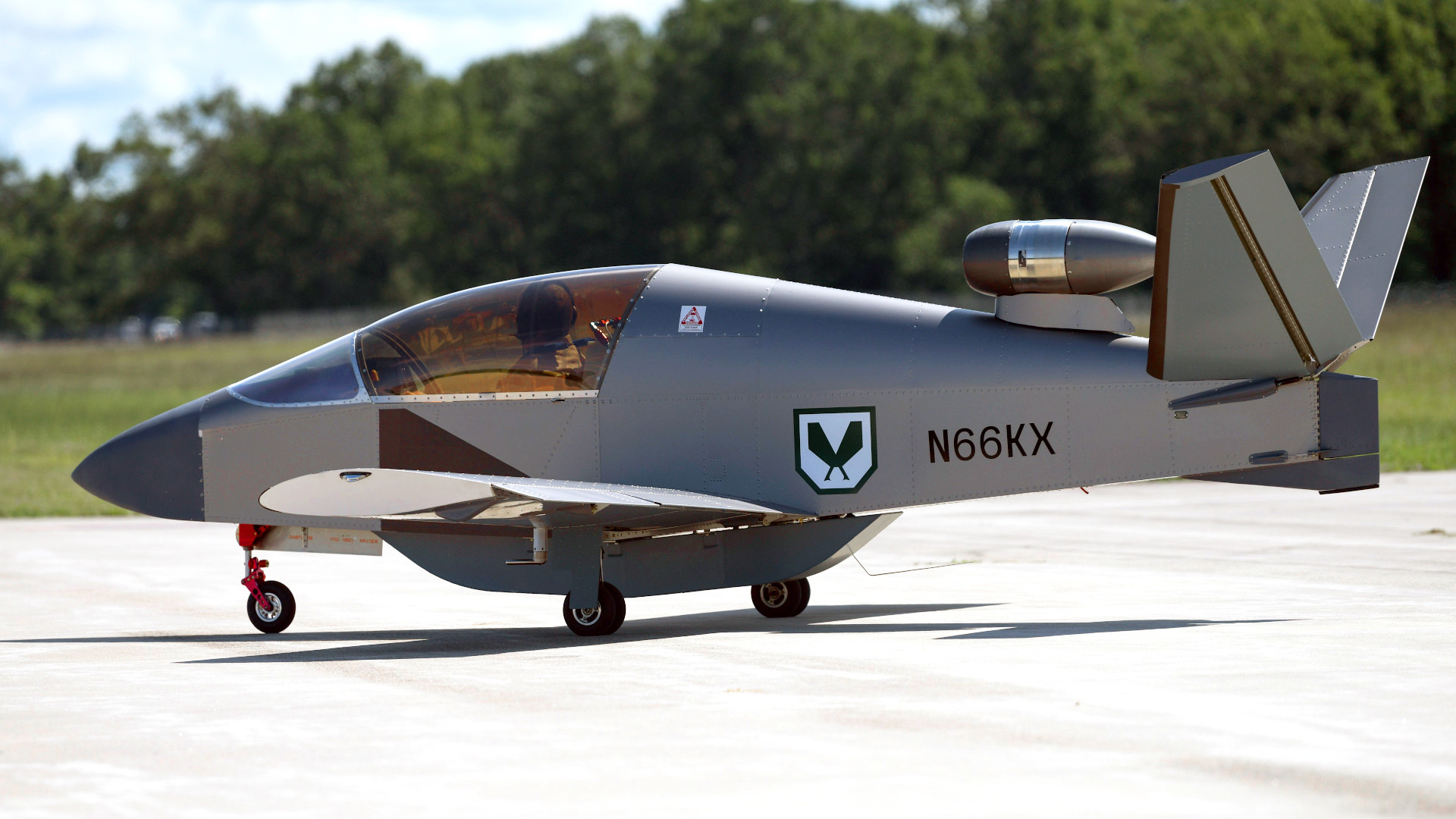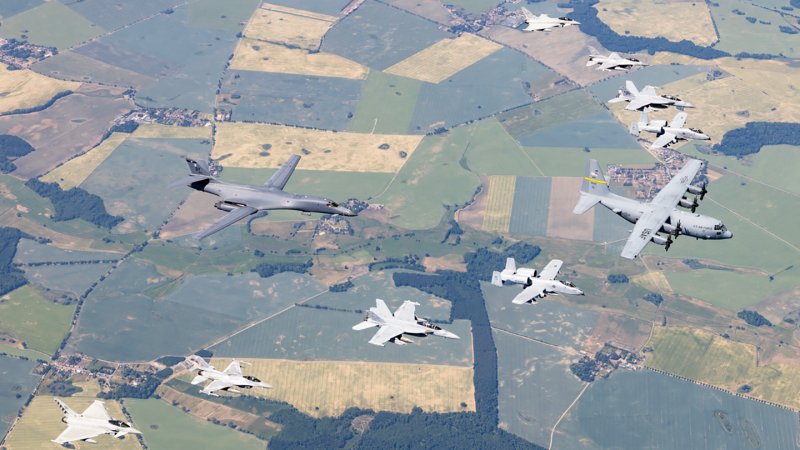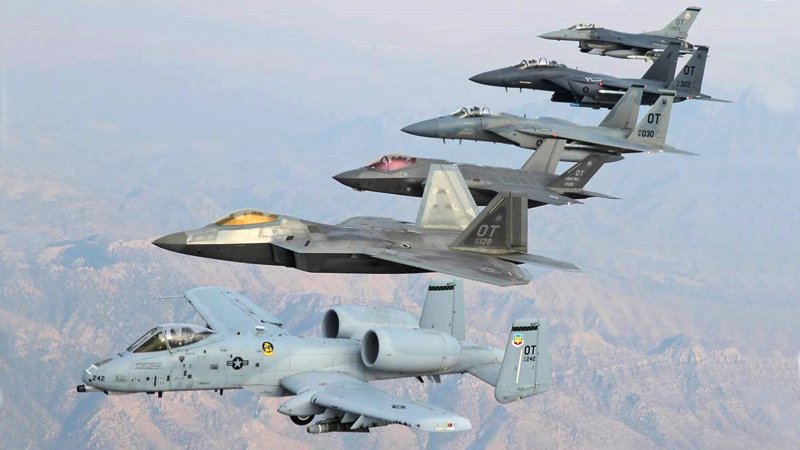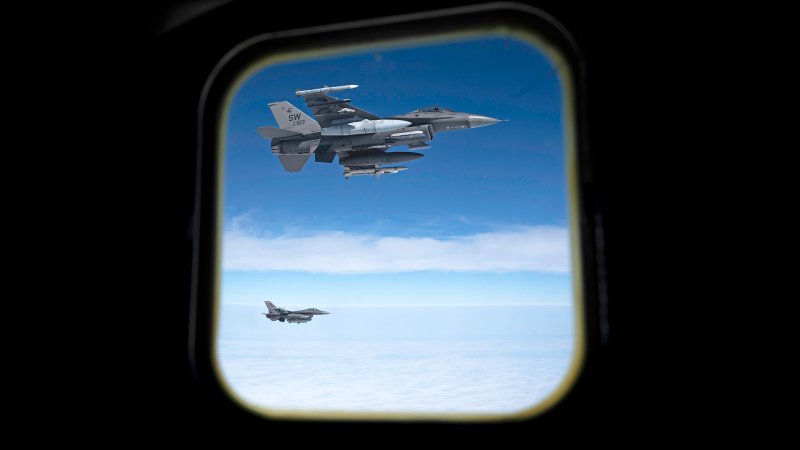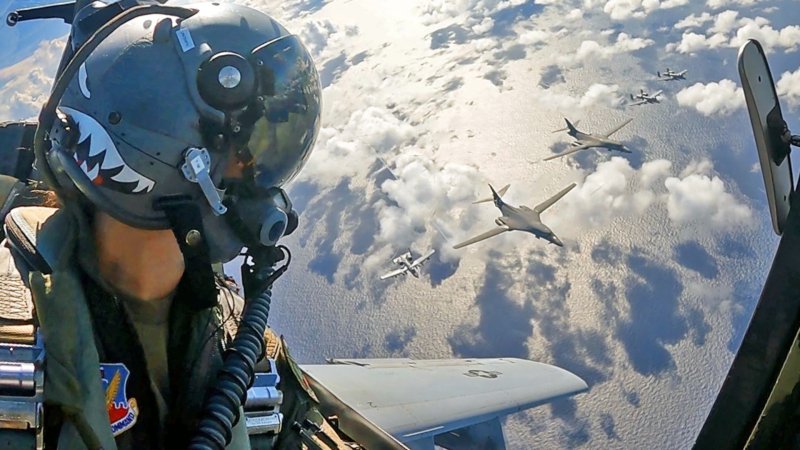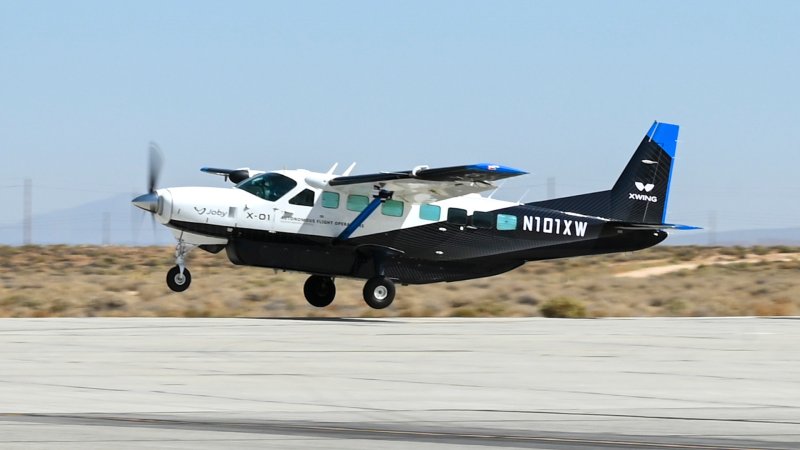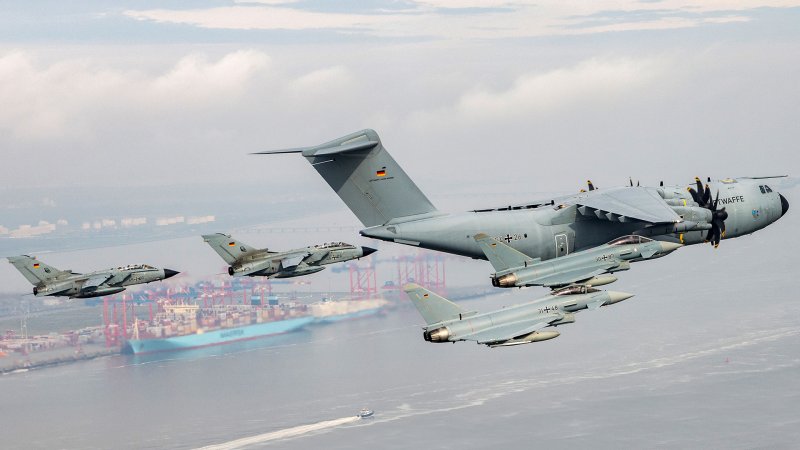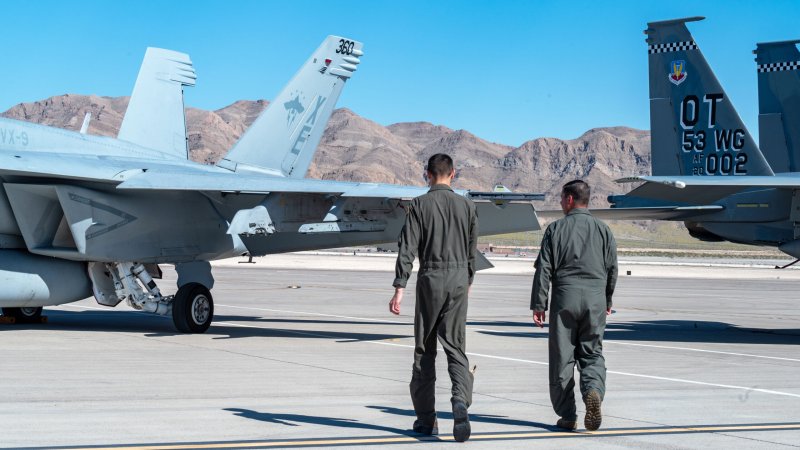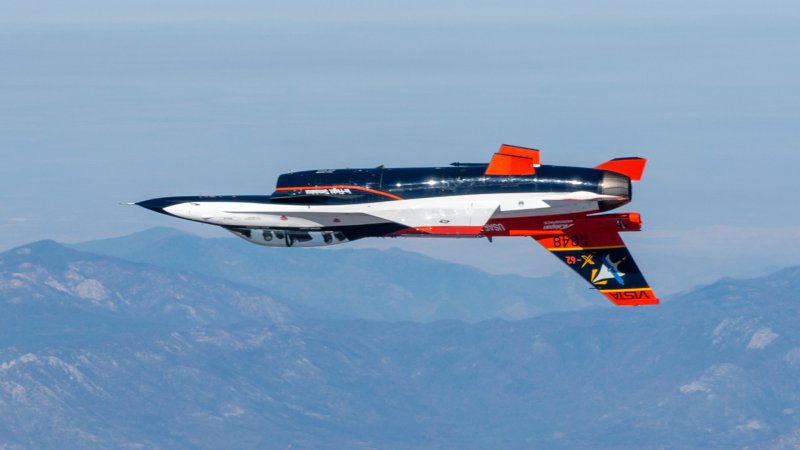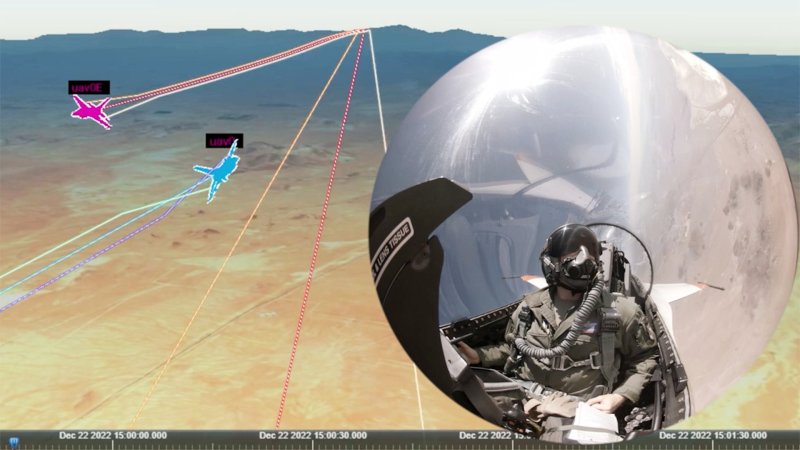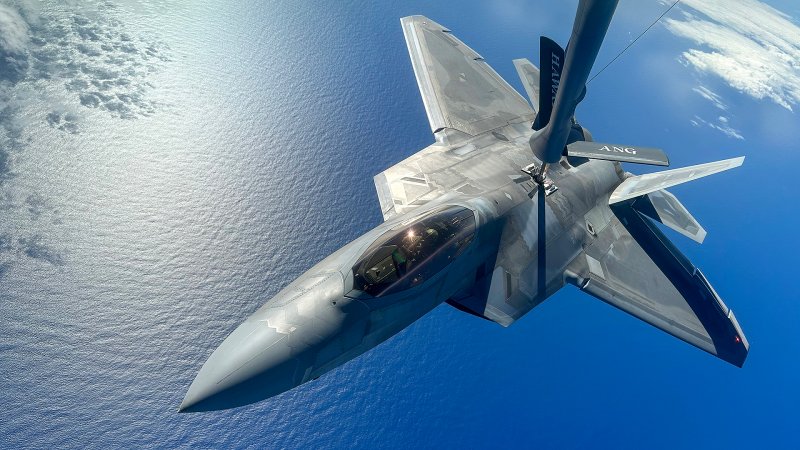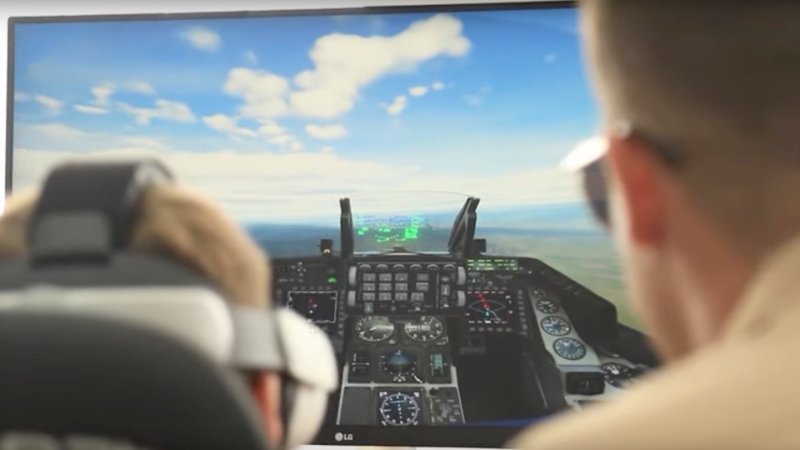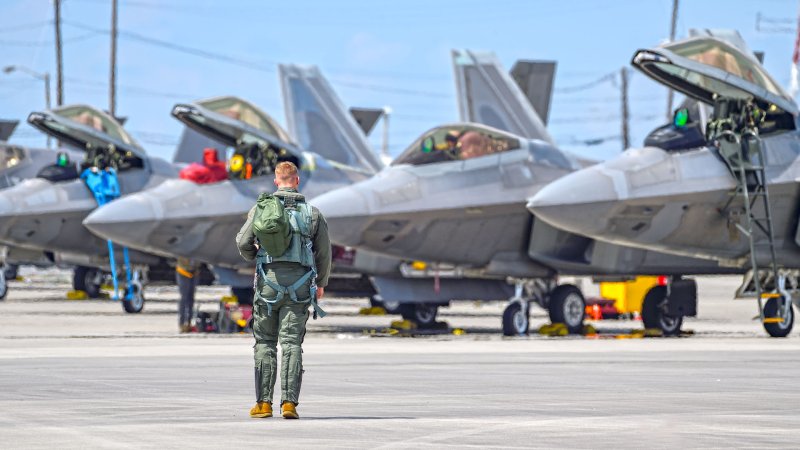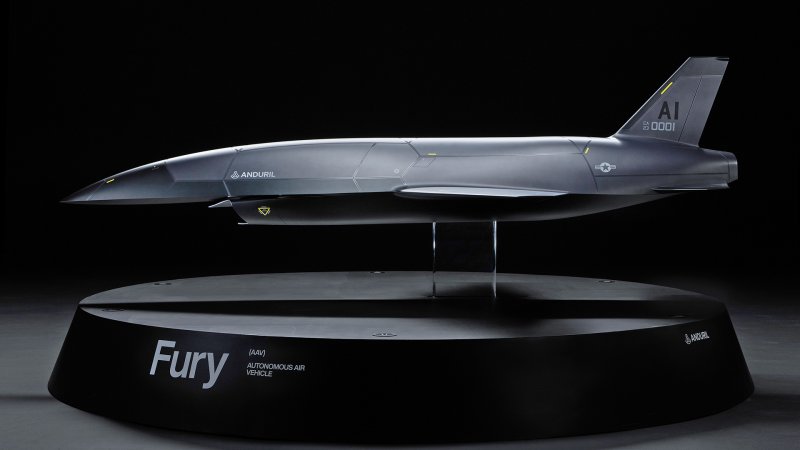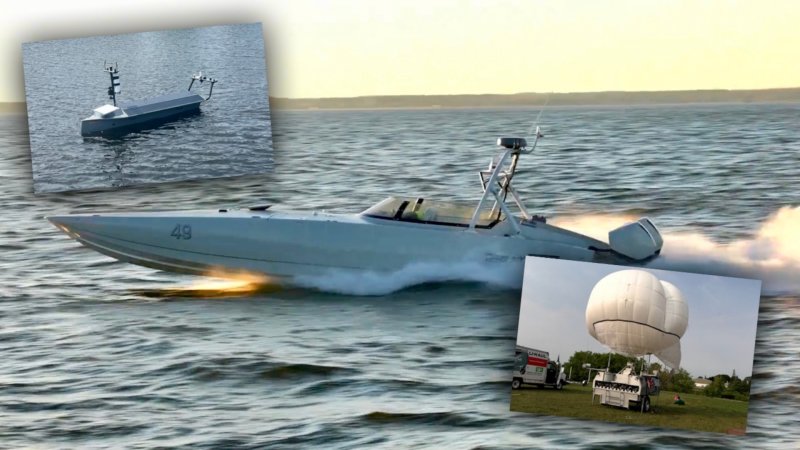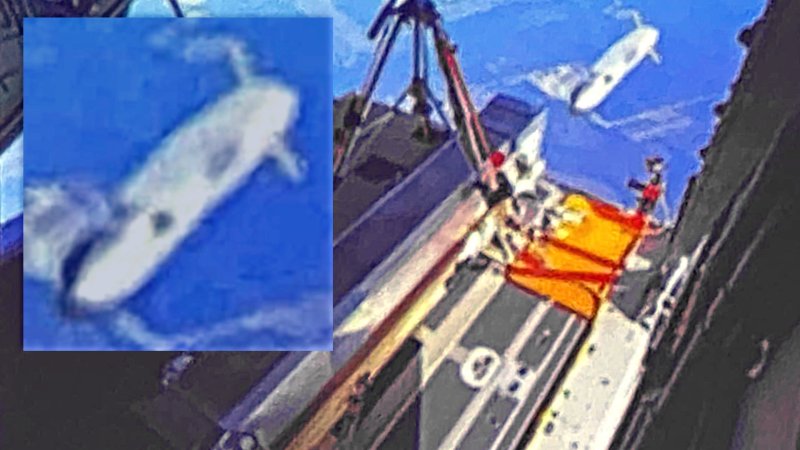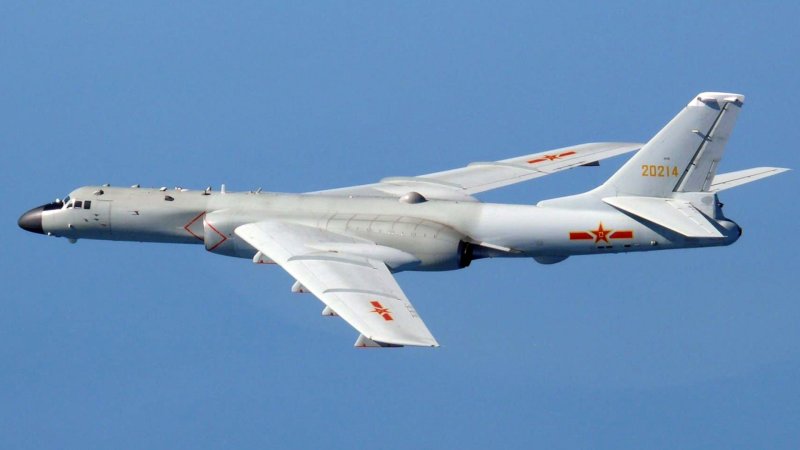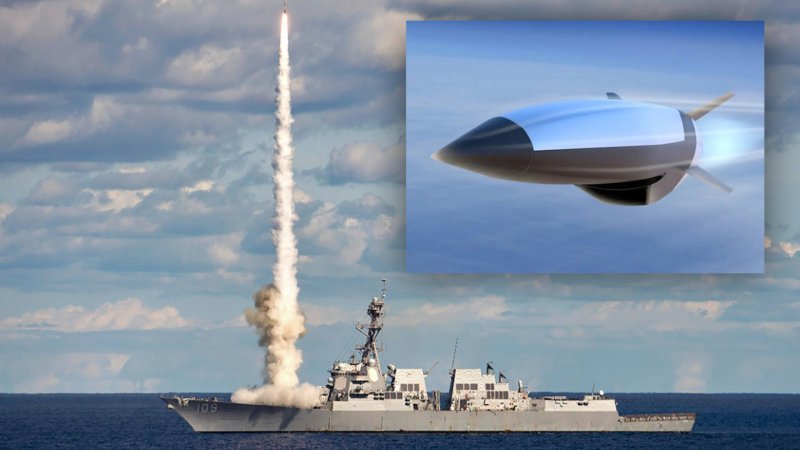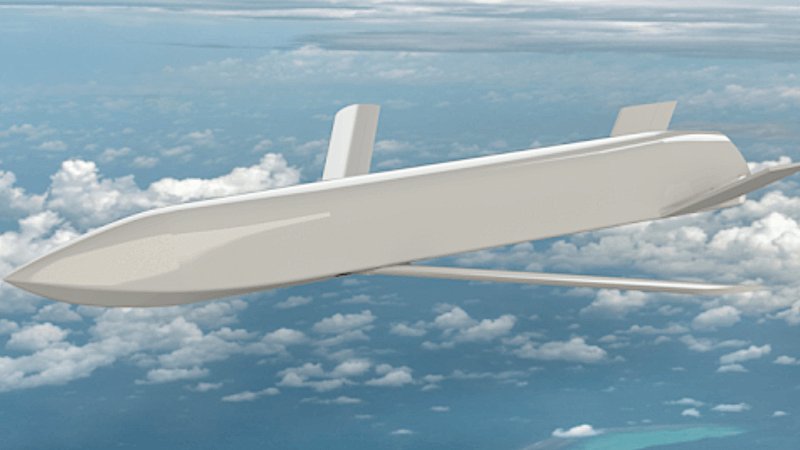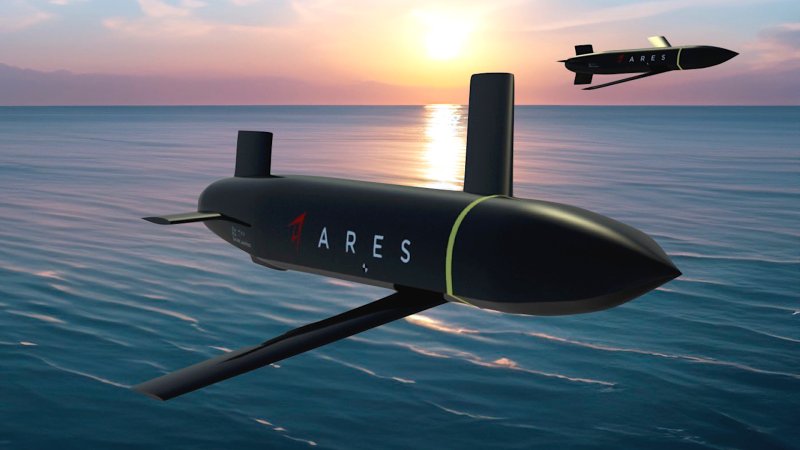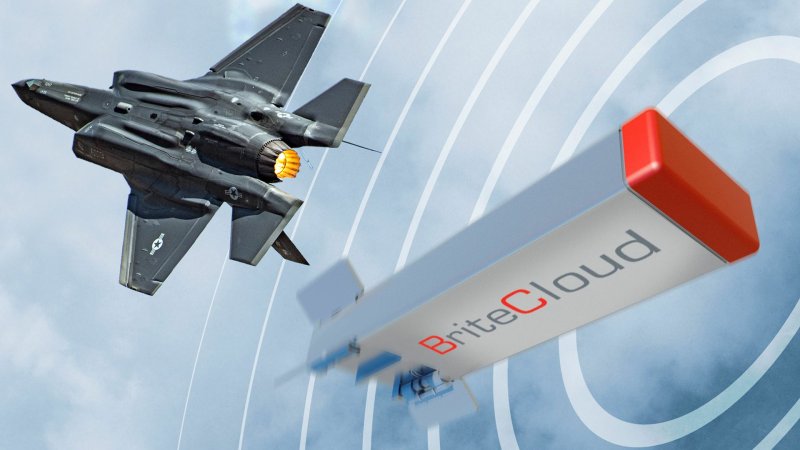Tiny JSX-2 microjets, each with a pilot crammed inside, have been zipping around the skies over Michigan playing the part of hostile aerial threats like drones and cruise missiles as part of a large force exercise. The use of the JSX-2s in this role underscores U.S. military concerns about the ever-growing dangers drones and cruise missiles pose, including to the U.S. homeland, and the parallel demand for more and better ways to simulate them in training.
The U.S. Air National Guard recently released pictures of two JSX-2s with the U.S. civil registrations N55KX and N66KX operating from the Alpena Combat Readiness Training Center in Michigan as part of Exercise Northern Strike 24-2. The Michigan National Guard’s National All-Domain Warfighting Center (NADWC) is leading the exercise, which kicked off on August 3 and is scheduled to wrap up on August 17.

“Northern Strike (NS) 24-2 [is] one of the Department of Defense’s largest reserve component readiness exercises” and is “focused on expeditionary skills, command and control, sustainment and joint integrated fires,” according to a Michigan National Guard press release. More than 6,300 personnel from 32 U.S. states and territories, as well as “five international partners,” are participating in this latest iteration of Northern Strike, which has air, maritime, and ground components.

The single-seat JSX-2 is powered by a small TJ100 turbojet made by PBS Aerospace in the Czech Republic, which has a maximum thrust output of 281 pounds, according to the manufacturer. It is an evolution of the JSX-1 from Oshkosh, Wisconsin-headquartered Sonex Aircraft, which was unveiled in 2009. The improved JSX-2 that followed in the early 2010s is bigger and has a more streamlined design, as well as fully retractable landing gear. It also has a parachute recovery system that can be deployed via rocket in the event of an inflight emergency. The JSX-1 and JSX-2 have been sold in kit form on the commercial market. Sonex markets its current iteration of the kit as the SubSonex Personal Jet, a design it says has a cruising speed between 230 and 240 miles per hour and a maximum range of 410 miles.


A private company called KestrelX is operating the JSX-2s at Northern Strike 24-2. Public records show this firm received a Small Business Innovation Research (SBIR) contract from the U.S. Air Force valued at just over $725,000 for “UAV [uncrewed aerial vehicle] and Cruise Missile Threat Replication Aircraft” back in 2021. SBIR is a U.S. government contracting mechanism intended to help foster technical innovation through smaller deals with smaller companies.
How the JSX-2s flying at Northern Strike 24-2 may be specifically configured for their threat replication role is unclear. Pictures from Northern Strike 24-2 do show N55KX and N66KX with gondolas underneath their fuselages not seen on typical civilian examples of the microjet. These might contain additional equipment to support their military training role or be used to hold extra fuel or even luggage.

“This year’s summer iteration of the annual exercise will incorporate training scenarios involving homeland security and defense against unmanned aerial systems,” the Michigan National Guard’s press release on the exercise notes. The War Zone has reached KestrelX and the Michigan National Guard for more information.
The U.S. military using crewed aircraft as surrogates for various aerial threats, especially cruise missiles, to help with training and test and evaluation activities is not new. For instance, a portion of the U.S. Air Force’s officially retired F-117 Nighthawk stealth combat jet fleet has continued serving in this role, along with supporting various test and training activities in other ways.
A major reason for this is the significant restrictions that limit where and when uncrewed aircraft can operate over the United States. Semi-expendable target drones are fine for use in heavily controlled airspace like that over missile ranges, but are not really usable in large force exercises that extend over broad areas like Northern Strike 24-2. The War Zone just highlighted these airspace restriction issues today in exploring why the first example of the Model 437 aircraft from Northrop Grumman and its subsidiary Scaled Composites has emerged with a cockpit, rather than a pure drone as previously expected.
In addition, compared to target drones that are generally designed to fly once before needing to be recovered and refurbished before reuse, crewed aircraft can fly multiple missions in a day, and often times they can do so at a much lower overall cost. Having a pilot on board offers far greater flexibility for changing routes and mission profiles in flight, as well as the opportunity of an immediate debrief of the ‘target’ after a sortie.
At the same time, not all crewed aircraft are created equal when it comes to mimicking smaller aerial threats. Besides microjets like the JSX-2, there really aren’t any other piloted planes that can come close to organically mirroring the signatures and performance of cruise missiles and drones.
Offering a relatively cheap and dynamic way for training against cruise missile threats, and now drones, in any airspace is why microjets have found a unique role in this space for years already. Another example of a contractor-operated microjet the U.S. military has used for these kinds of training and testing purposes is known as the Small Manned Aerial Target model One (SMART-1). The SMART-1 is a modified Bede BD-5J, another kit-built TJ100-powered microjet design that had been made famous by its appearance in the Roger Moore James Bond movie Octopussy.


A platform like the SMART-1 or the JSX-2 has the added ability to better replicate smaller and more nimble, if still subsonic threats, visually, as well as in terms of radar cross section and infrared signature. All of this makes for a higher fidelity target for training and testing purposes. To underscore these points, It’s interesting to note here that Iran produces a clone of the TJ100 called the TEM Tolue-10. Iranian companies have used variants and derivatives of that engine to power a slew of kamikaze and other drones, as well as cruise missiles. Some of these designs have proliferated to other countries like Russia and even non-state actors like the Houthis in Yemen.
The Houthi’s ongoing attacks against commercial shipping and foreign warships in and around the Red Sea have underscored the very real threats even lower-tier, subsonic kamikaze drones and cruise missiles present on and off traditional battlefields. Iran’s retaliatory attacks on Israel in April also involved throngs of long-range kamikaze drones and cruise missiles. Russia continues to use both of these types of munitions, including Iranian-designed kamikaze drones and derivatives thereof, as its primary means of striking targets deep inside Ukraine, as well. Jet-powered kamikaze drones like Iran’s Shahed 238, which is believed to use a Tolue-10 or derivative engine type, are now part of this still-expanding threat ecosystem and .
These threats are not new, as The War Zone regularly highlights, but observations of the war in Ukraine and the ongoing crises in and around the Middle East have now fully thrust them into the mainstream consciousness. The United States’ top global competitors China and Russia, as well as smaller countries like North Korea and Iran, are continuing to develop and field more capable drones and cruise missiles, as well. All of this has created renewed impetus across the U.S. military for developing and fielding new capabilities to help defend friendly forces downrange and the U.S. homeland from these threats.
It has prompted new debates about the most effective ways to guard against incoming drones and cruise missiles. Discussions about the value of constructing additional passive defensive measures on the ground like hardened aircraft shelters have become particularly spirited, as you can read more about here.
No matter how the U.S. military’s mix of capabilities to defend against drones and missiles, as well as the tactics, techniques, and procedures to go along with them, evolves going forward, there will be an increasing parallel need for targets to train and test against. Eric DeMarco, the CEO of Kratos, a major supplier of target drones to the U.S. military and other armed forces, highlighted this reality during a quarterly earnings call just this week. Kratos’ BQM-167, featured in the video below, is a prime example of the target drones now in U.S. inventory.

“Increased Kratos target drone demand… is expected to continue both domestically and internationally as air defense systems, missiles, radars, ships, satellites, etc., need to be exercised against and warfighters trained against threat representative targets,” DeMarco said.
As already noted, expandable target drones are just one part of the equation. In recent years, branches of the U.S. military have been looking at acquiring more capable and readily reusable uncrewed targets that offer similar operational and cost benefits to crewed surrogates. This also includes types that could serve in the same roles as more traditional piloted red air aggressor jets. For now, however, such designs would still be limited by domestic airspace restrictions.
With all this in mind, it would not be surprising to see KestrelX’s JSX-2s in use more and more at exercises like Northern Strike 24-2.
Contact the author: joe@twz.com
